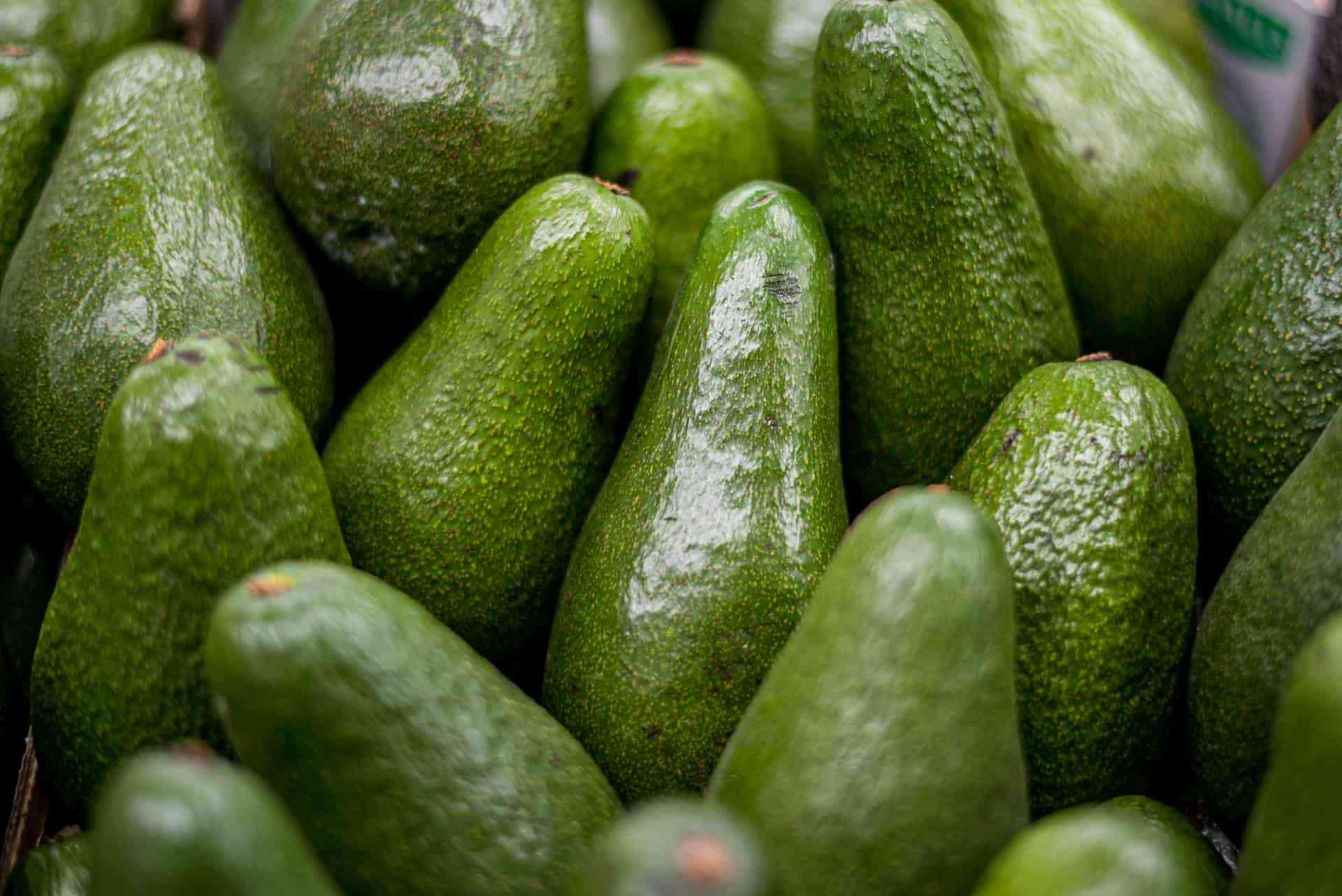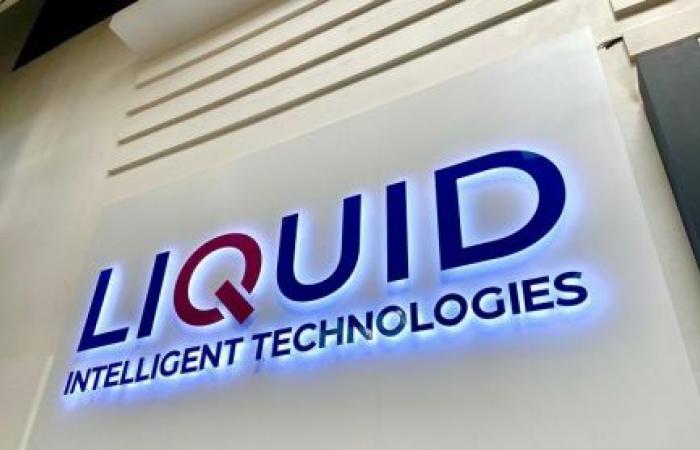
MORE than 900 metric tonnes of raw avocadoes are flowing into Harare from Chimanimani, Chipinge, Honde Valley, Burma Valley and Nyanga every week.
A lot more tonnes are silently going to Mutare, Masvingo, Bulawayo, Gweru, Kwekwe and other small cities. An equal amount of bananas, magogoya, madhumbe, sweet potatoes, tomatoes and other commodities are finding their way to the cities. Not to mention Bambara nuts and groundnuts from Buhera and Mutoko, all flowing to the cities. The story is the same for tomatoes, pumpkins, oranges, tsubvu, nyii, masawu and other commodities finding their way to mass markets in diverse cities from several districts.
The fact that there is no formal institution consolidating demand for all these seasonal commodities means gluts are translating to losses for farmers and communities where these commodities come from.
A major reason why supermarkets and other formal markets have always insisted on paying farmers after 14 or 30 days is that it is the time it takes to mobilise buying power from consumers. Farmers who insist on being paid promptly have no clue about some of these key issues around consumer behaviour. Consumers don’t buy and consume more just because farmers have produced more commodities at once. Failure to understand these market dynamics is the main reason why farmers end up blaming middlemen as if middlemen are the consumers. Traders, who buy commodities from farmers and pay promptly, do so at the risk of waiting for consumers to exhaust what they have bought before coming to buy again.
Aggregation as a potential solution
Rather than farmers pushing tonnes of commodities to the same market at the same time, they should work together in aggregating commodities at source and using statistics to decide when to send commodities to the market. Aggregation will reduce disorganised marketing by pulling scattered commodities to one place, for instance at Hauna, Murambinda, Binga or Mutoko business centre. A few trusted local aggregators can be identified and formally registered to operate professionally in favour of a win-win social enterprise with the farming community.
Monitoring local surplus and the critical role of financiers
In addition to monitoring the community’s collective surplus, consolidating commodities at an aggregation centres prevent cases where middlemen move around the community buying commodities from anyone and from any irrigation scheme in ways that confuse, side-marketing and weaken the community’s collective bargaining power.
- Game-changing oil rig Zim-bound
- Travelling & touring: Ever heard of a four-roomed cave?
- AWF empowers victims of human-wildlife conflict
- Global demand buoys tobacco prices
Keep Reading
To be sustainable and acceptable to farmers, the aggregation model should have a financier. As long as farmers get advance finance to meet their other pressing needs, they won’t mind receiving payment after 30 days. Rather than financing production only, the Agricultural Finance Corporation should locate itself at aggregation centres for commodities that farmers are already producing in abundance without any external support. Given the levels of market competition between commodities and farmers, the transaction process from production to markets for most commodities takes two weeks to a month. Since this is too long for most farmers who would rather spend more time on the farm, a finance model is required to cover this waiting period. More importantly, aggregation will rationalise gluts and shortages. When farmers and buyers place orders through the aggregation centre, accidental supplies and losses will be reduced.
Connecting aggregation with semi-processing and preservation. By showing volumes of surplus commodities from each production area, aggregation can reveal opportunities for semi-processing and preservation as part of regulating market supplies.
Many commodities can be semi-processed and preserved at source, whereby by-products can also be used as stock feed and waste used as manure. For instance, sweet potatoes can be semi-processed and preserved in Mt Selinda, where production happens throughout the year. More importantly, semi-processing is a measured pathway towards improving quality and acceptable standards. A certain level of quality can be ensured before commodities move to urban markets to produce finished products. Semi-processed products from diverse areas can then be aggregated and consolidated at centralised areas like provincial or district towns such as Chipinge Town, Honde Valley, Mutare and others. Through semi-processing, fewer, more valuable grades are produced as opposed to four or five grades for potatoes, tomatoes and other commodities. More grades reduce income to farmers because the same inputs are used to produce poor grades. Semi-processing also reduces transport costs as volumes to be transported are reduced to only high-quality commodities that have specific uses where they are needed. Centralised processing can take place at provincial or national levels. However, some low-grade products that are affordable to low-income consumers can still find their way to urban mass markets.
Semi-processing as a foundation for rural industrialisation
Semi-processing is a critical component of rural industrialisation, employment creation, as well as knowledge and skills transfer to production areas, unlike when raw commodities are taken to distant urban centres for processing into finished goods.
In the same way, mining processes do not transport all the ore to urban centres, raw agricultural commodities have to be semi-processed at source. That is also how the market can be brought closer to farmers, contributing to higher benefits for farmers. The grinding of tabasco chilli into semi-processed products that are then exported has not only created permanent employment for more than 30 local people in Nyanga but has also brought more income to chilli farmers at the Nyakomba irrigation scheme. The semi-processing and preservation model requires appropriate technology that can process volumes of commodities around farming communities, as informed by local production capacity. Commodities that are candidates for semi-processing and preservation can be semi-processed, include the following: Sweet potatoes — There is potential to produce several by-products, making it possible for the commodity to compete with Irish potatoes. Irish potatoes — as long as facilities are available, potatoes can be semi-processed into chips at source. If fast food chain stores can import sliced potatoes from South Africa ready for frying, what stops the same chips from coming from Nyanga and other production zones?
Banana — Can be semi-processed with peels remaining on-farm to be ploughed back as manure and other by-products.
Avocado — When semi-processed, this can create more value in Honde Valley, Chipinge and other areas.
Tomato — just as Best Fruit Processors is producing tomato paste for export through Schweppes, an appropriate technology set up at an aggregation centre should enable tomato paste to be produced in Mutoko, Murewa, Macheke and at irrigation schemes like Chibuwe and preserved in line with market demand.
Butternuts and pumpkins can also be processed at source and turned into dough, which can be used the same way Best Fruit Processors produces and stores it.
Nutrition baskets like punnets comprising butternut, peas, cucumber and pepper can be packed and preserved at source rather than allowing them to travel to urban centres separately. Peas can easily be sorted and graded at source.
Groundnuts can also be semi-processed, shelled, graded and sorted at source. Markets like Mbare have many such businesses, showing that the same can be done at source. Fruit juices from Mango, oranges and guavas can also be produced at business centres like Murewa and others. Service centres can also be set up at business centres where farmers can take their fruits to be squeezed into juice for a fee and they can take their product home for storage or use appropriately.
Crude soyabean oil — currently being imported can easily be produced through semi-processing in production zones.
Biltong can also be semi-processed and preserved to increase the shelf life of meat products.
Towards self-sustaining community business models
Aggregation and semi-processing can create employment along the entire value chain, leading to self-sustaining business models. This new paradigm that calls for investment in appropriate technology can be an opportunity for youth and women's employment. Many African youths are leaving raw materials in their farming areas and going to urban areas where they expect to be formally employed by processing companies. It is through semi-processing and preservation that the return on investment in rural electrification can be realised.
At the moment, most of the energy at rural business centres is being used for lighting houses, bottle stores and grocery shops, as well as grinding mills and irrigation schemes. Semi-processing will ensure energy is not underutilised.
Ensuring consistency in supply through semi-processing
Aggregation, semi-processing and preservation can also ensure consistency in supply. Gluts are common for most commodities when they are in season and shortages are common during off-season, especially for most rain-fed commodities like pumpkins and fruits which can easily be preserved. Semi-processing and preservation can close gaps in supply and demand. Intermediate technology is required, not complicated machinery.
Aggregation and semi-processing can also contribute to the optimum use of water. Chitora Dam in Mutoko is only irrigating 30 hectares from three irrigation schemes when it can irrigate 100 hectares. This means much of the water is underutilised. Tokwe-Murkosi Dam in Masvingo is said to require 25 000 hectares of irrigation land, without which the water is underutilised.
Local buildings in communities and business centres can also be repurposed for semi-processing and preservation pathways. Semi-processing is a better solution for the new Zimbabwe following land reform than focusing on heavy-duty industrial food processing.
It is ideal for current volumes, unlike planning with commodities on the land in mind. Beitbridge Juicing Company can process 5 000 tonnes of fruit per day, but is currently getting 250–300 tonnes from Shashe irrigation schemes and surrounding plantations like Bishopstone, Carwood and others.
However, due to competition for commodities between formal and mass markets, the company cannot control what farmers produce. The farmers have alternative markets like export and local fresh markets, where they sell in cash. On the other hand, semi-processing and preservation can rationalise product supply because local supplies are easy to manage for processing facilities set up in production zones. Ultimately, farmers will start producing varieties suitable for the local market and processing.
Removing middlemen through semi-processing and matching equipment with value addition. When they start thriving, aggregation and semi-processing enterprises can become local buyers in ways that reduce middlemen. In most cases, some middlemen also work with processing companies like Food Chain Stores and those who process into various products. The semi-processing plant is also another form of aggregation.
Another level of aggregation will just be for semi-processed products, which can go to urban, regional and export markets. Aggregation and semi-processing can show the need to match investment in agricultural production with commensurate support for other value chain nodes or stages.
For instance, investment in farming equipment is not matching processing as the next level of production and this is causing gluts of particular commodities.
Heavy-duty tractors and irrigation equipment produce more than there is capacity to process. There is a need for a financial and technical facility that can equip the entire processing sector. Investment in intermediate technology is long overdue. Machinery and processes in industries like Olivine, Cairns, United Refineries and others are now outdated. Investment in intermediate value-added technology will be another way of building a strong base for exports.
Producing tomato paste and juice from farming areas, using intermediate technology is a powerful step than trying to aggregate scattered commodities from farmers and transporting them to processing companies located in distant cities.
Big colonial companies used to depend on huge volumes from former large-scale farmers. Following land reform, processing technology should match the new production scales and location as opposed to forcing new farmers to produce for gigantic factories that are struggling with aggregation and quality control from diverse farmers.
Building a community share ownership model through semi-processing
The local semi-processing model can function as a community share ownership scheme where farmers become shareholders in the local processing unit. For instance, local farmers' associations like Chinyaduma in Mt Selinda, comprising 70 members doing horticulture, can have shares in the local processing plant.
Proceeds from the business can be used to improve production, repair roads, irrigation systems, dams and build local warehousing infrastructure. This is more empowering than the current situation, where farmers sell commodities individually and compete for the same inadequate market.
A lot of money is moving out of communities as farmers go out looking for services — transport, accommodation in urban areas, as farmers wait for commodities to be bought, loss in productivity and production through time spent in the marketing process.
Resources that are locked in farming communities can support agricultural economic drivers. Up-markets like Cairns, Lyons, BJC and BFP should concentrate on producing finished products while farming communities concentrate on semi-processing and preserving some of the commodities and releasing them as required.
This can be a quicker way of creating employment and involving youth in agriculture. Commodities should be aggregated and semi-processed during periods when they have low economic value (when there are gluts), such as when prices are low due to seasonality and other factors. Onion at one time goes for US$12 per pocket, but during gluts it’s down to US$3/pocket.
During gluts, avocadoes are sold for a song. Semi-processing and preservation will close the gap through investment in drying facilities. Pumpkins and other seasonal products can also be dried and preserved.
Production zones can become more competitive through opening other supply chains, developing new markets outside the production zones or developing market options within the same production zones in the form of processing centres like Jambezi in Hwange for small grains.
Processed products bring more income to the production zone as local communities sell value-added products. Absence of an information system is undermining return on investment. If each production zone is to collect data and assess the volume of commodities leaving for the city, it can see how much it is losing. The same applies to livestock and wild fruits, whose values are seen outside production zones. Return on investment for the general community can be realised through value addition centres, generating better income than letting middlemen from cities come to buy and taking away raw commodities, the way foreign countries take raw commodities from African countries.
Wild fruits have started realising better value after reaching cities unlike in local communities where people have no idea of the value due to abundance. There is no value in high production zones except for own consumption. The price-setting mechanism is also difficult to cultivate in high production zones because the ecosystem is more natural with no other elements like high-income classes or meaningful demand patterns.
Breeding of livestock, for instance, happens naturally with nobody controlling it. Disorganised production, transportation and marketing is making it difficult to track the value chains and show where different commodities are coming from, going and why. Consequently, there is a great mismatch between market expectations and supply. Gluts, shortages and inconsistent quality are the order of the day, together with a lack of financial systems. Economic and physical losses are increasing as commodities fetch prices below their potential economic value due to gluts. For instance, at one time, a box of tomatoes goes for US$10, but sometimes the price goes down to US$1, making it difficult for farmers to plan.
There are now more than 100 agricultural markets ranging from district, provincial, urban and roadside markets. Evidence regarding how much is being produced, consumed and traded at various levels of local and regional markets is also limited.
As a result, lack of evidence makes it difficult to plan for exports or engage in informed investment promotion like processing in horticulture. Investors need to know what equipment to put in place in Honde Valley. While processing companies, fast food outlets and food chain stores are other forms of markets, dilapidated infrastructure is a key feature of informal markets.
All the food that goes to informal markets does not have appropriate infrastructure. What is the contribution of Zimbabwe’s six famous valleys to GDP? A resilient horticulture strategy should be anchored on statistics from supply corridors.
Due to the absence of a system for capturing and tracking what is leaving production zones as well as what is coming in and going out of mass markets, supply and demand levels from major supply corridors are not fully known by policy-makers.
For instance, if a tracking mechanism were available, Zimbabwe would be able to profile and track the horticultural performance of six famous valleys of Zimbabwe (Mazowe Valley, Enterprise Valley, Honde Valley, Burma Valley, Cashel Valley and Rusitu Valley). Kenya’s Rift Valley is a recognised food production and supply corridor in East Africa, thanks to robust statistics.
Tracking volumes into markets provides a framework for building consumption patterns which also enable the regulation of prices to enhance fair trade in favour of farmers.
- Charles Dhewa is a proactive knowledge broker and management specialist.










